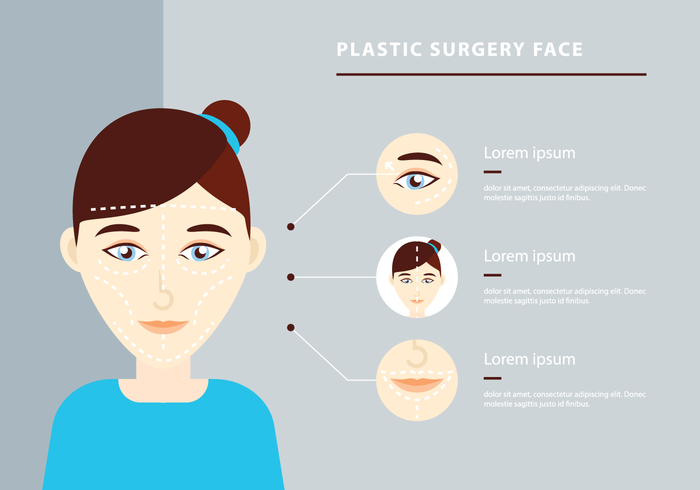How To Manage Painful Acne
How To Manage Painful Acne
Blog Article
Acne on Different Parts of the Body
Acne doesn't simply impact your face, it can show up anywhere you have oil glands. These include the upper body, shoulders and back. Likewise known as bacne, it can be just as undesirable and agonizing as facial acne.
Both men and women can establish blackheads and whiteheads on these body locations in addition to acnes. These consist of Papules covered with pus-filled sores and serious nodular cystic acne.
Face
Acne happens when your pores obtain blocked with oil, dead skin cells and germs. These accumulations create inflammatory lesions called pimples, or areas. Acne lesions include blackheads, whiteheads and papules, which are sore, pink or red bumps that are filled with pus (also known as inflammatory papules). They may also consist of blemishes, which are hard, excruciating, pus-filled swellings and cysts, which are deep and usually leave marks.
While acne presents no severe danger to your wellness, it can be uneasy or awkward, especially if you have serious acne that triggers scarring. It normally shows up during the teenage years and can last for 3 to 5 years.
Back
Acne on the back, also called bacne, can form on the shoulders and top back. This sort of acne creates when skin hair pores obtain blocked with dead skin and sweat or oil produced by the sebaceous glands. These clogged pores can bring about whiteheads, blackheads, acnes, papules, cysts or blemishes.
The shoulder and back have much more sebaceous glands than the face, making them susceptible to acne breakouts. Teens and expectant ladies may have much more back acne due to hormone adjustments. Rubbing from ill-fitting clothing and backpacks, along with caught sweat, can intensify the condition.
Simple way of living techniques can assist manage bacne and prevent future episodes, such as bathing after exercise and cleaning bed linens often. Over the counter topical cleansers and moisturizers with salicylic acid or reduced focus of benzoyl peroxide can eliminate excess oil and unclog pores.
Upper body
Like deal with acne, chest breakouts take place anywhere oil glands are concentrated. They are most common in locations where sweat can obtain caught such as in skin folds. It can create in both men and women of all ages.
Acne on the upper body can happen when excess sebum mixes with dead skin cells and microorganisms obstructing hair follicles and pores. The chest is prone to this due to the fact that it has more oil glands than other parts of the body.
Too much sweating complied with by a failure to clean, fragrant perfumes or fragrances, irritant components in skin care items and medicines like steroids, testosterone supplements and mood stabilizers can all add to breast breakouts. Any individual with a consistent chest outbreak ought to talk to their medical professional or skin specialist.
Buttocks
While it's not often gone over, acne can occur anywhere on the body which contains hair roots. Clogged pores and sweat that gather in the buttocks can lead to booty acnes, especially in females who have hormonal discrepancies like polycystic ovary syndrome. Reaching the origin of the issue requires a detailed examination by a board-certified dermatologist.
Acnes on the buttocks can be because of a variety of problems, including keratosis pilaris and folliculitis. They appear like acne because of their flushed look, however they're commonly not really acne. Patients can stop butt acne by wearing loosened clothing and bathing frequently with anti-bacterial soap or a noncomedogenic cleanser.
Arms
While more research study is needed, it's possible that acne on the arms might be set off by hormone changes or inequalities. Hormonal variations can set off excess oil manufacturing, leading to outbreaks. Friction from limited clothing or extreme rubbing jeuveau vs botox can likewise aggravate the skin, contributing to equip acne.
If what looks like acne on the arms is red, splotchy and itchy, it can actually be hives or dermatitis. If you are unsure, speak to a skin doctor to get to the bottom of what's triggering your signs and symptoms.
Washing the skin regularly, especially after sweating or working out, can aid keep arm acne away. Exposed Skin Care uses a body wash that is gentle on the skin and aids prevent inflammation and unblocks pores.
Legs
Even though the face, back and upper body are the most typical areas to get acne, the condition can turn up anywhere that hair follicles or oil glands exist. These include the groin, arms, and legs.
Unlike the bumps that show up on your cheeks and forehead, the bumps on your leg are normally not acnes but rather swollen, red follicles called folliculitis. Acne on the legs can be triggered by hormone changes, sweat and friction, or a diet plan high in milk and sugar.
If you have folliculitis, your bumps may appear like blackheads (open comedones that show up black as a result of oxidation of sebum and dead skin cells) or whiteheads (closed comedones that are defined by tiny, dome-shaped papules). Your blemishes can additionally show up as red or pink pus-filled lesions called pustules or nodules and cysts.